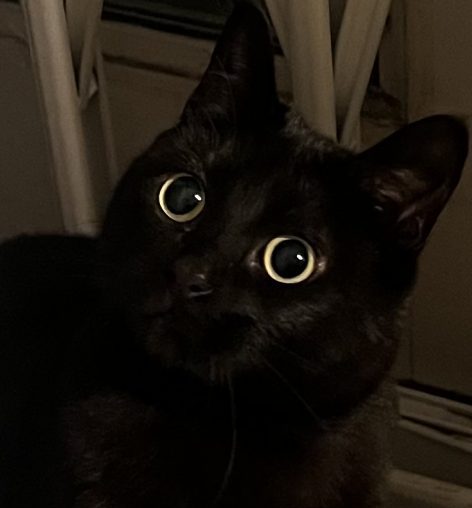N.B. Please see ‘Additional documents’ for an alternative format of the session plan.
Introduction (2-3 minutes)
This session aims to develop an understanding of artists’ books and to think about the form of the book and how this has been manipulated and explored by the artist. It will also introduce you to the Chelsea Artists’ Books collection and how you can access this collection to find inspiration for your own practice.
Prompts for students:
What do you think an artists’ book is?
Have you ever worked with artists’ books before?
Definition of an artists’ book:
Purposely disrupting how we think of a book. The artists’ book is an artwork in its own right in the form of a book.


| Material | Text and image |
| What is it made from? Is it an unexpected material? | Are there images in the book? How are they used? |
| Form | Reader interaction |
| How is the book structured? Is binding important?Is it sculptural? | How do you engage with it? |

Object handling and observations (pairs) (5 -7 minutes)
Each participant will have an artists’ book and will be asked to consider and examine their book with some these prompts in mind:
In pairs, discuss your book and compare it.
Prompts for students:
Can you describe your artist’s book?
How are your books similar or different?
What artistic choices stand out?
How does the format influence meaning?
Group discussion (5 – 7 minutes)
Each pair will describe their items to the other group and will share key insights with the group, prompted by the following discussion points:
Does the book challenge your idea of what a book is?
How does the artist’s intent shape the book’s form?


Wrap-up
Summarize key themes based on the discussion points and end with where to find more information on artists’ books:
- UAL Library Search
- UAL Digital Collections
- Drop-in sessions at Chelsea
Further readings:
Bury, S. (2015) Artists’ books: the book as a work of art, 1963-2000. London: Bernard Quaritch.
Nash, R. et al. (2024) ‘Artists’ books as a qualitative research methodology in multidisciplinary contexts’ in Visual Communication, February. Available at: https://doi-org.arts.idm.oclc.org/10.1177/14703572231209480 [Accessed: 4/2/2025]
Image references:
Figure 1. Love, R. (2025) ‘Photograph of Crevice/Map paper print-outs’ [Photograph]
Figure 2. Love, R (2025) ‘Photograph of prompts distributed to participants’ [Photograph]
Figure 3. Love, R. (2025) ‘Table of student prompts’ [Table]
Figure 4. Love, R. (2025) ‘Photograph of Aberrations paper print outs’ [Photograph]
Figure 5. Love, R. (2025) ‘Photograph of The Nomad’s Chair paper print outs’ [Photograph]
Figure 6. Love, R. (2025) ‘Photograph of The Humument paper print outs’ [Photograph]
Additional documents:

Leave a Reply